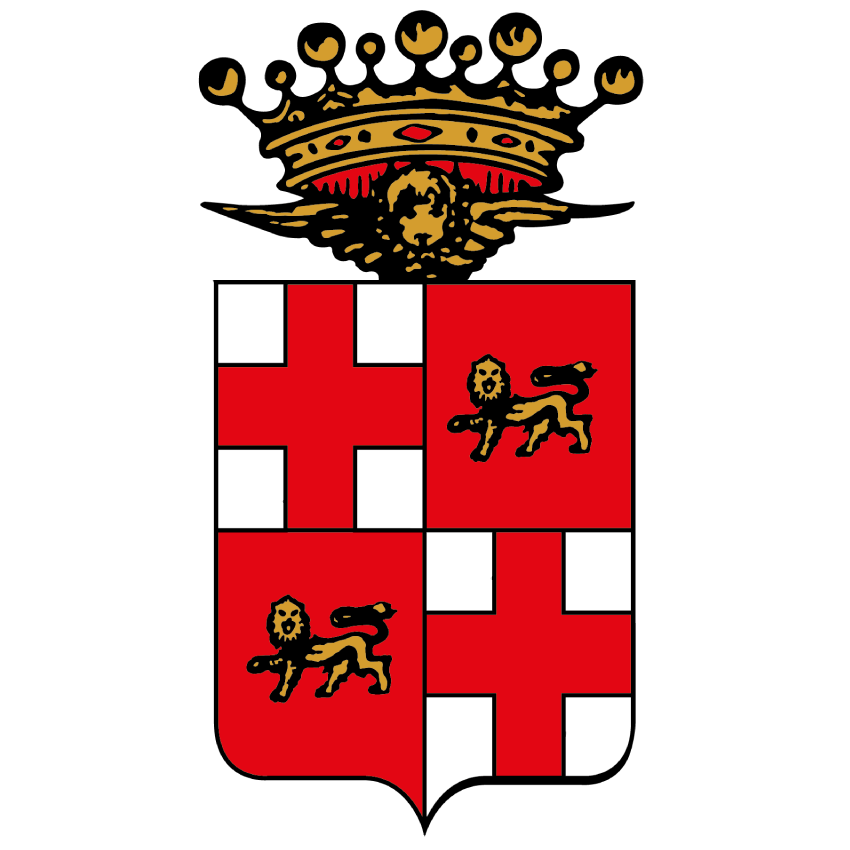The Collegiate Church of St. Mary’s Steps, in Gothic style, is one of the most important mediaeval monuments in Piedmont. Work on the building was started by Landulph, Bishop of Turin, around 1037 and it has been described by experts as one of the greatest examples of Gothic architecture in Piedmont. The Gothic structure that can be admired today, though, dates back to the first half of the XVth century and features a façade divided into five sections and the interior split into three naves with side chapels. A transept separates the naves from the presbytery, which finishes in a deep choir and a pentagonal apse.
Inside the Cathedral, the areas open to visitors are: the Romanesque, Landulphian crypt; the Tabussi chapel, with frescoes by the painter Jaquerio; the Gallieri chapel, which is also entirely frescoed, and the wooden, 15th century choir, decorated with subjects of vegetation. Outside the main structure, but connected to it, there is the Baptistery, a centrally planned building with origins preceding those of the church founded by Landulph. It was annexed to the building later, but its date of construction is unknown. Its layout, which follows the classic octagonal plan, might place it around the 4th century AD. This Romanesque Baptistery is decorated by a cycle of 15th century frescoes by Guglielmetto Fantini.


